food
Beyond Black-Eyed Peas
New Year's good-luck foods
By Mick Vann, Fri., Dec. 26, 2008
For as long as I can remember, I have never let a new year begin without consuming the traditional Southern good-luck triad of peas with pork, greens, and cornbread. "Peas for pennies, greens for dollars, and cornbread for gold," said the old expression. "Eat poor on New Year's, and eat fat the rest of the year," echoed the refrain. This practice was learned at the family table, handed down for generations. Over the years, I've learned subtle variations on what I believed – for example, a penny should be placed under each person's bowl of black-eyed peas to boost the luck potential. Hog jowl should cook with the peas and smoked bacon with the collards; more pork equals more luck. Some golden cheese and bits of corn in the cornbread intensifies the prospects. As I learned more about world cuisines through the years, it became apparent that every culture has its own traditions of good-luck foods, meant to ensure abundance and prosperity in the coming year. When you examine the different rules around the world, similarities begin to emerge.
One thing to consider is that the dates of the celebrations change around the world, whether New Year's is based on the calendar used, on harvest or seasonal dates, or on religious influence. Rosh Hashanah, the Jewish new year, is in the fall. Buddhist countries vary widely. In Theravadin Buddhist countries (Thailand, Myanmar, Sri Lanka, Cambodia, Laos), the new year is celebrated in April. That's the hottest part of their year, an ideal time to purify deities and splash a lot of water on each other in the process. Tibetan Buddhists generally celebrate it in March, and in Mahayana Buddhist countries, the new year usually starts on the first full moon day in January. In Iran it's usually celebrated on March 21.
Most of the good-luck foods around the world are supposed to be eaten on New Year's Day, not New Year's Eve (although the seconds right after midnight are considered fair game). In the Philippines, you need to have the table covered with as many dishes as possible at the stroke of midnight. The intent is for the good-luck dishes to be the first thing eaten right from the start, setting the standard and providing luck for the coming year. Regardless of the date used, the first day of the new year is a time of celebration and propitious food.
Dried beans and peas are very popular because their shape loosely resembles a coin. More importantly, they swell up when they cook, greatly increasing their volume, much as you want your wealth to expand during the coming year. In the South, it's black-eyed peas cooked with salted hog jowl. Some believe you're supposed to eat one pea for each day of the coming year. In Italy and Brazil, lentils are eaten with pork sausages; rice cakes stuffed with sweet red beans are popular in Japan and Cambodia, and red bean dumplings in China.
Rice is also popular worldwide. The many grains signify abundance, while rice greatly increases volume when it cooks, all pointing toward growth in the coming year. In Korea, rice-cake soup is the preferred dish; eating a bowl is thought to add one full year to your life. Japanese eat cakes made from pounded sticky rice called mochi, topped with a bitter orange called daidai. The orange makes the dish doubly lucky because "daidai" also means "several generations."
One popular New Year's Day Southern American dish is "Hoppin' John," triple-blessed since it includes black-eyed peas, rice, and ham hock. A shiny dime is often thrown into the Hoppin' John cooking pot, and the person getting the dime in their bowl is due an extra portion of good luck. On the day after New Year's Day, leftover "Hoppin' John" becomes "Skippin' Jenny," and eating it demonstrates powerful frugality, bringing one even better chances of prosperity.
Noodles are another food that swells in size and increases yield as it cooks, signifying abundance and prosperity. In China, uncut long noodles are desirable on New Year's Day. It is critically important to suck each strand of noodle into your mouth without breaking the strand. Long noodles signify long life and longevity; breaking the strand shortens life. In Japan they substitute long soba noodles for long life on New Year's Eve.
Incidentally, lobster is almost universally avoided since it walks backward. That is contradicted in Japan, where New Year's lobster decorations are prized; the lobster's curved back resembles an elderly person's posture, symbolizing a wish for longevity. For the same reason, chickens are seldom included on the New Year's platter. They move backward when they scratch, which could mean regret, and you might be scratching around for money like a chicken scratches for food on the ground. Another theory warns against eating any winged fowl because good luck could fly away like a bird.
Fish, especially those bearing silver scales, are thought to be very lucky foods for New Year's since they symbolize silver and wealth. In Germany, carp is considered fortuitous, and some people will remove several of the scales and keep them in their wallets during the coming year for good luck. Pickled herring is a lucky food for midnight there and in Poland; in Denmark it's boiled cod with mustard sauce. In Sweden, the New Year's smorgasbord always has a variety of fish dishes for luck. In Japan, herring roe is eaten on New Year's for fertility, shrimp for longevity, and dried sardines for a good harvest. In China, cooked whole fish signify continuity and longevity. In Vietnam, a whole carp is cooked, as the carp is thought to carry the god of good luck on its back. Hungary is the only anti-fish country known. They refuse to eat fish on New Year's because it means that your money could swim away or become slippery.
For the Greeks, the most important New Year's dish is the vassilopitta or St. Basil's cake. Inside the cake is placed a coin, and the cake is distributed in a strict order. The first piece is for St. Basil, the second for the house, the next for the oldest member of the household, following down to the youngest member. Whoever finds the coin in their piece of cake will be lucky for the next year. In Holland, they feast on olie bollen, which are round puffed doughnuts filled with apples, raisins, and currants.In Italy, there are many sweet treats for the season, but the most interesting might be an almond-filled cake baked in the shape of a snake. The theory is that as the snake sheds its skin, it symbolizes leaving the past year behind.
Most Latin countries celebrate the Feast of Epiphany on Jan. 6, or Twelfth Night. In Mexico, the King's Cake (rosca de reyes) is served. The cake is baked in a ring to resemble a crown and decorated with candied fruit, with a small doll hidden in the batter. Whoever finds the doll becomes the king for the day and must select a queen. The royal couple then must host a party on Candlemas (Feb. 2), to light candles for purification of the Virgin Mary. Sweden and Norway have no shortage of baked goods, but they do have a tradition of hiding a whole almond in rice pudding; whoever gets the almond is assured great fortune in the coming year.
In Scotland, where New Year's is called "Hogmanay," they have the "first footing" tradition, where the first person to cross your threshold after the stroke of midnight determines your luck for the coming year. The "first footer" brings symbolic gifts such as a lump of coal to keep the house warm or baked goods such as scones, currant loaf, oat cakes, or a mincemeat and shortbread crust cake called "black bun" to make sure the household always has food. Three-cornered cookies called Hogmanays are also eaten for good luck. In Switzerland, things are much simpler. A large dollop of whipped cream is dropped on the kitchen floor as a symbol of surplus food and wealth.
In Southern Italy and the Eastern Mediterranean, pomegranates are considered lucky because of their bright red color and the shape of the seeds, which represent wealth and prosperity. In Israel, apple slices are dipped into honey, and all bitter foods and fruits are avoided.
One of the more interesting lucky fruit traditions is the practice in most Hispanic countries of eating 12 grapes, one with each stroke of the clock at midnight on New Year's Eve, one for each month. The sweetness of each grape will determine how good that particular month will be. Some wash them down with wine, some name each month before the grape is eaten, but remembering which sour months to avoid is the hard part, and they must all be eaten by the final stroke of the clock. In Peru, they insist on eating a 13th grape for good measure.
Armed with this wide-ranging cornucopia of global good-luck foods, I can now greatly expand the reach of my New Year's food blessings. No more will I rely solely on peas, greens, and cornbread to provide my luck for the coming year. With a whole world of symbolic dishes in front of me, can that winning Mega Millions or Lotto ticket be far behind?
One thing to consider is that the dates of the celebrations change around the world, whether New Year's is based on the calendar used, on harvest or seasonal dates, or on religious influence. Rosh Hashanah, the Jewish new year, is in the fall. Buddhist countries vary widely. In Theravadin Buddhist countries (Thailand, Myanmar, Sri Lanka, Cambodia, Laos), the new year is celebrated in April. That's the hottest part of their year, an ideal time to purify deities and splash a lot of water on each other in the process. Tibetan Buddhists generally celebrate it in March, and in Mahayana Buddhist countries, the new year usually starts on the first full moon day in January. In Iran it's usually celebrated on March 21.
Most of the good-luck foods around the world are supposed to be eaten on New Year's Day, not New Year's Eve (although the seconds right after midnight are considered fair game). In the Philippines, you need to have the table covered with as many dishes as possible at the stroke of midnight. The intent is for the good-luck dishes to be the first thing eaten right from the start, setting the standard and providing luck for the coming year. Regardless of the date used, the first day of the new year is a time of celebration and propitious food.
Prosperity and Abundance
Universal among good-luck foods is symbolism, sometimes subtle, sometimes more obvious. Often the shape or color of a food looks like money, which is why cabbage or greens are so common in many traditions. Not every country has green currency, but green is the symbolic color of hope, and green is a color associated with natural growth: the new buds of a tree or new shoots in a rice field, for example. Collard greens (or kale, chard, mustard, or turnip greens) symbolize money in the South, cabbage and sauerkraut are eaten in Europe, and lettuce in some parts of China. They eat foods wrapped in lettuce during the Chinese New Year because the word for lettuce is similar to the word for "rising fortune." In Bosnia and Croatia, minced beef is rolled inside large cabbage leaves to make sarma, said to bring health and wealth.Dried beans and peas are very popular because their shape loosely resembles a coin. More importantly, they swell up when they cook, greatly increasing their volume, much as you want your wealth to expand during the coming year. In the South, it's black-eyed peas cooked with salted hog jowl. Some believe you're supposed to eat one pea for each day of the coming year. In Italy and Brazil, lentils are eaten with pork sausages; rice cakes stuffed with sweet red beans are popular in Japan and Cambodia, and red bean dumplings in China.
Rice is also popular worldwide. The many grains signify abundance, while rice greatly increases volume when it cooks, all pointing toward growth in the coming year. In Korea, rice-cake soup is the preferred dish; eating a bowl is thought to add one full year to your life. Japanese eat cakes made from pounded sticky rice called mochi, topped with a bitter orange called daidai. The orange makes the dish doubly lucky because "daidai" also means "several generations."
One popular New Year's Day Southern American dish is "Hoppin' John," triple-blessed since it includes black-eyed peas, rice, and ham hock. A shiny dime is often thrown into the Hoppin' John cooking pot, and the person getting the dime in their bowl is due an extra portion of good luck. On the day after New Year's Day, leftover "Hoppin' John" becomes "Skippin' Jenny," and eating it demonstrates powerful frugality, bringing one even better chances of prosperity.
Noodles are another food that swells in size and increases yield as it cooks, signifying abundance and prosperity. In China, uncut long noodles are desirable on New Year's Day. It is critically important to suck each strand of noodle into your mouth without breaking the strand. Long noodles signify long life and longevity; breaking the strand shortens life. In Japan they substitute long soba noodles for long life on New Year's Eve.
Live Like the Animals
Nothing expresses prosperity in non-Jewish and non-Muslim cultures like the pig. Pigs root going forward, symbolizing progress without dwelling on the past. Pigs can feast on scraps, bear many young, and yield lots of meat, much of which can be preserved for later consumption; fatty meat equals a fat wallet. In Austria and Hungary, roast suckling pig is the dish of choice, while many cultures include sausages and ham. Pork is also featured in many Vietnamese Tet celebration dishes, especially their luscious headcheese.Incidentally, lobster is almost universally avoided since it walks backward. That is contradicted in Japan, where New Year's lobster decorations are prized; the lobster's curved back resembles an elderly person's posture, symbolizing a wish for longevity. For the same reason, chickens are seldom included on the New Year's platter. They move backward when they scratch, which could mean regret, and you might be scratching around for money like a chicken scratches for food on the ground. Another theory warns against eating any winged fowl because good luck could fly away like a bird.
Fish, especially those bearing silver scales, are thought to be very lucky foods for New Year's since they symbolize silver and wealth. In Germany, carp is considered fortuitous, and some people will remove several of the scales and keep them in their wallets during the coming year for good luck. Pickled herring is a lucky food for midnight there and in Poland; in Denmark it's boiled cod with mustard sauce. In Sweden, the New Year's smorgasbord always has a variety of fish dishes for luck. In Japan, herring roe is eaten on New Year's for fertility, shrimp for longevity, and dried sardines for a good harvest. In China, cooked whole fish signify continuity and longevity. In Vietnam, a whole carp is cooked, as the carp is thought to carry the god of good luck on its back. Hungary is the only anti-fish country known. They refuse to eat fish on New Year's because it means that your money could swim away or become slippery.
From the Hearth
Lucky baked goods are popular worldwide. Going back to pre-Christian days, ring-shaped breads and cakes were always considered fortunate because they signified continuity by "coming full circle." Many cultures today make special cakes or sweets around New Year's in round shapes which symbolize coins. Often they are incredibly sweet, with the thought that overindulgence (or oversweetening) stands for a wish for abundance. Armenia has their darin: a large flat bread baked with a coin inside; whoever gets the piece with the coin is assured good luck for the coming year. The French indulge in a stack of sweet crepes for good luck.For the Greeks, the most important New Year's dish is the vassilopitta or St. Basil's cake. Inside the cake is placed a coin, and the cake is distributed in a strict order. The first piece is for St. Basil, the second for the house, the next for the oldest member of the household, following down to the youngest member. Whoever finds the coin in their piece of cake will be lucky for the next year. In Holland, they feast on olie bollen, which are round puffed doughnuts filled with apples, raisins, and currants.In Italy, there are many sweet treats for the season, but the most interesting might be an almond-filled cake baked in the shape of a snake. The theory is that as the snake sheds its skin, it symbolizes leaving the past year behind.
Most Latin countries celebrate the Feast of Epiphany on Jan. 6, or Twelfth Night. In Mexico, the King's Cake (rosca de reyes) is served. The cake is baked in a ring to resemble a crown and decorated with candied fruit, with a small doll hidden in the batter. Whoever finds the doll becomes the king for the day and must select a queen. The royal couple then must host a party on Candlemas (Feb. 2), to light candles for purification of the Virgin Mary. Sweden and Norway have no shortage of baked goods, but they do have a tradition of hiding a whole almond in rice pudding; whoever gets the almond is assured great fortune in the coming year.
In Scotland, where New Year's is called "Hogmanay," they have the "first footing" tradition, where the first person to cross your threshold after the stroke of midnight determines your luck for the coming year. The "first footer" brings symbolic gifts such as a lump of coal to keep the house warm or baked goods such as scones, currant loaf, oat cakes, or a mincemeat and shortbread crust cake called "black bun" to make sure the household always has food. Three-cornered cookies called Hogmanays are also eaten for good luck. In Switzerland, things are much simpler. A large dollop of whipped cream is dropped on the kitchen floor as a symbol of surplus food and wealth.
The Fruits of Your Labor
Fruits play a role in global good-luck foods, as well. In China, tangerines and mandarin oranges are considered auspicious fruits because they are round and golden like the sun. Symbols of abundant happiness, they are given as gifts and used for decoration. In Vietnam, the watermelon is the ultimate New Year's fruit because the meat is red, the luckiest color. The seeds are also dyed red and toasted, to be eaten as snacks. Vietnamese families have a tray of five fruits on their altar including banana, orange, kumquat, pomelo, and finger citron. Each symbolizes a different meaning: Pomelos promise a lucky year, banana and finger citron symbolize a protective hand, while kumquats and oranges represent wealth and success.In Southern Italy and the Eastern Mediterranean, pomegranates are considered lucky because of their bright red color and the shape of the seeds, which represent wealth and prosperity. In Israel, apple slices are dipped into honey, and all bitter foods and fruits are avoided.
One of the more interesting lucky fruit traditions is the practice in most Hispanic countries of eating 12 grapes, one with each stroke of the clock at midnight on New Year's Eve, one for each month. The sweetness of each grape will determine how good that particular month will be. Some wash them down with wine, some name each month before the grape is eaten, but remembering which sour months to avoid is the hard part, and they must all be eaten by the final stroke of the clock. In Peru, they insist on eating a 13th grape for good measure.
Armed with this wide-ranging cornucopia of global good-luck foods, I can now greatly expand the reach of my New Year's food blessings. No more will I rely solely on peas, greens, and cornbread to provide my luck for the coming year. With a whole world of symbolic dishes in front of me, can that winning Mega Millions or Lotto ticket be far behind?
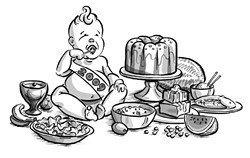
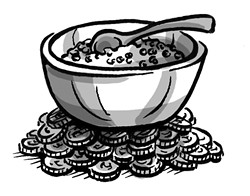
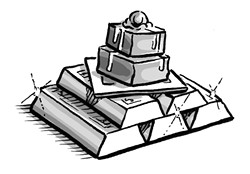
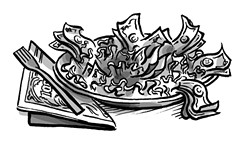
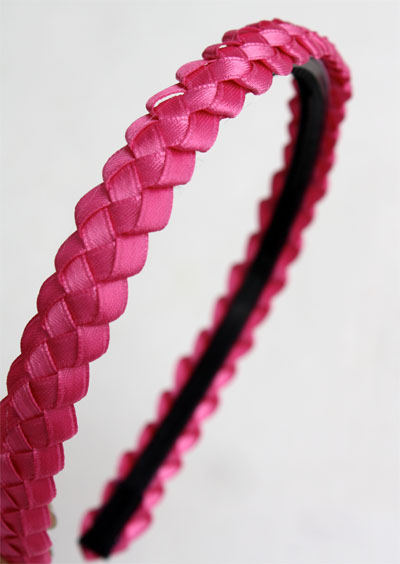
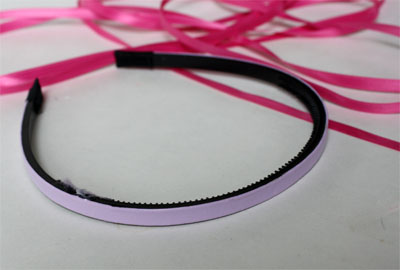
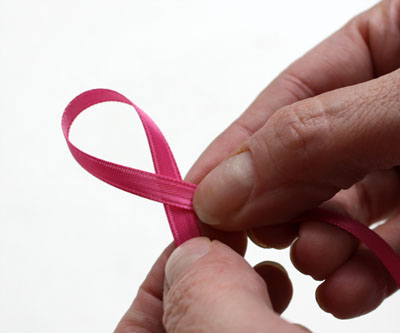
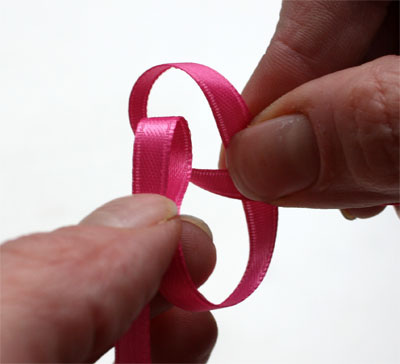
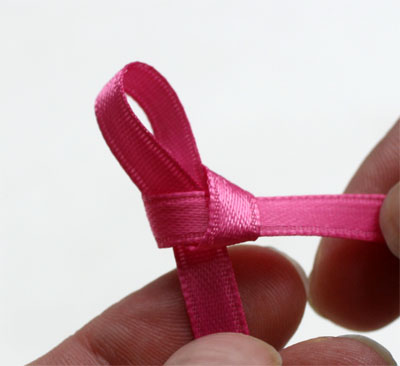
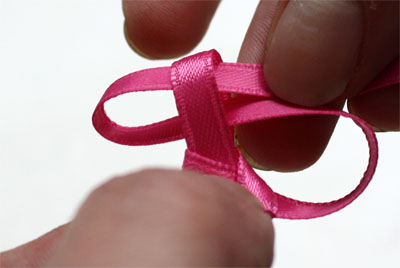
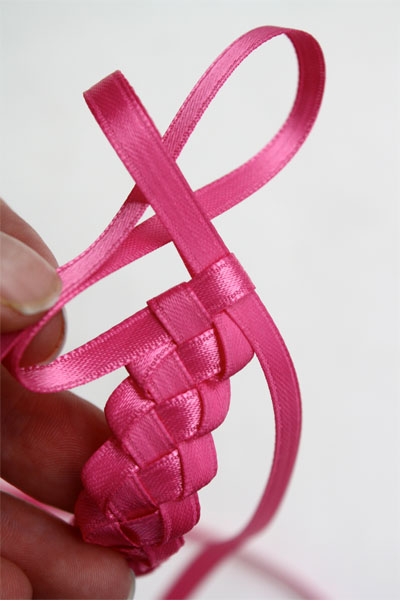
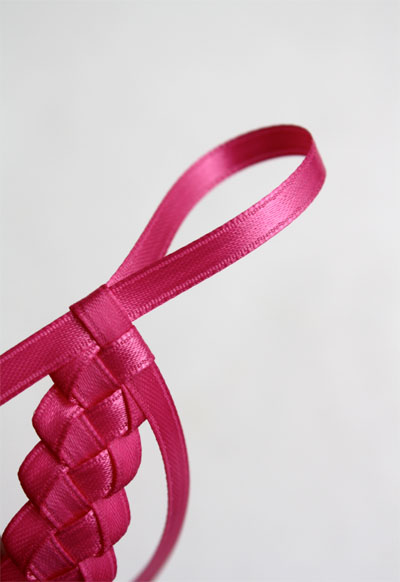
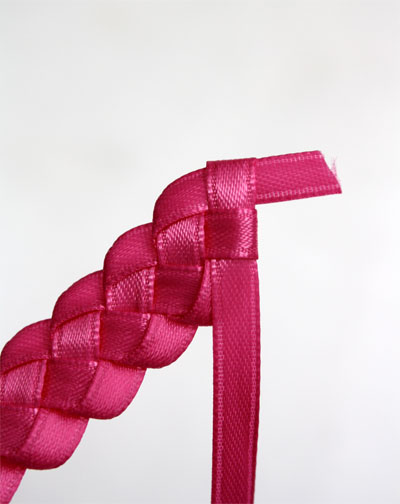
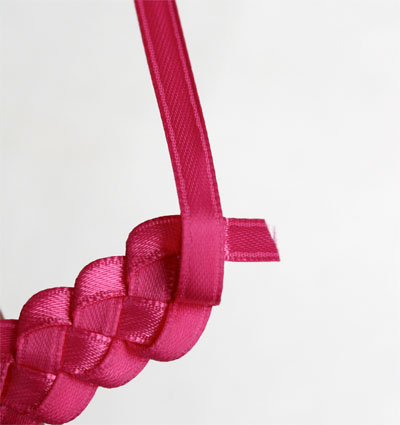






qTg~~60_35.JPG)































